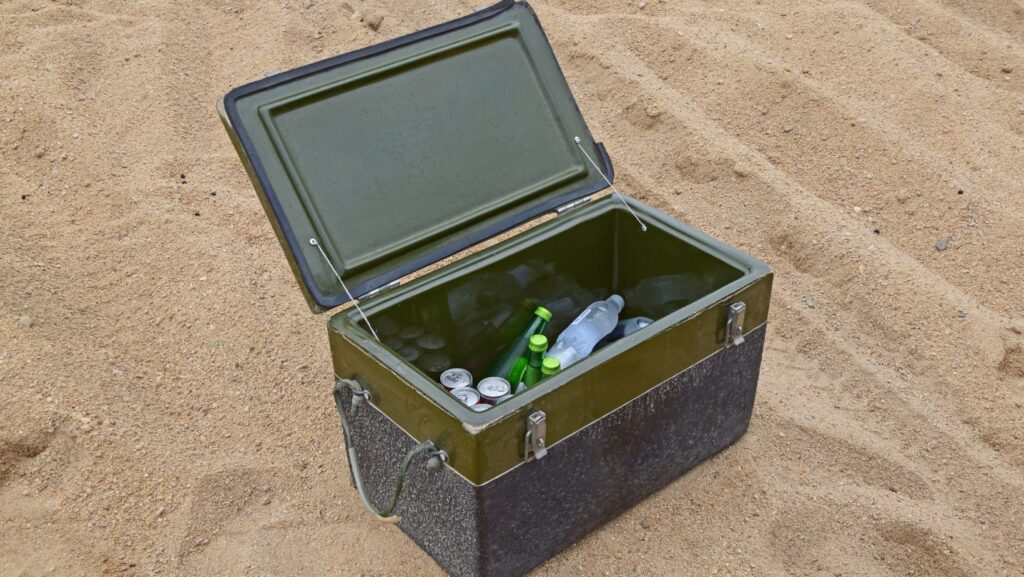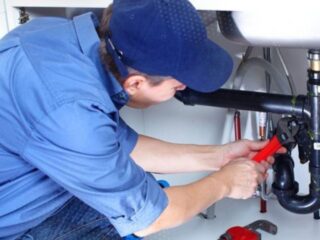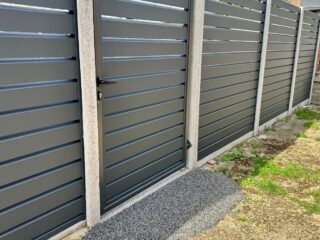
With proper care, swamp coolers can serve homeowners faithfully for 15-20 years, yet without regular maintenance, they often fail prematurely—leaving families in arid climates scrambling for expensive replacements during peak cooling season. The key to longevity lies in understanding when and how to replace various components, and ensuring you have access to quality swamp cooler parts when replacements become necessary. This comprehensive guide walks you through time-tested seasonal maintenance strategies that ward off costly repairs, eliminate troublesome issues like musty odors, and dramatically extend your system’s working life.
Understanding Your Swamp Cooler’s Critical Components
Getting familiar with your evaporative cooler’s inner workings takes the mystery out of maintenance. The system operates on a beautifully simple principle: water circulates over evaporative media (cooling pads) while a powerful fan draws outside air through these moistened pads, producing refreshingly cool air through natural evaporation. The main players in this cooling orchestra include the evaporative pads, water distribution system, motor and fan assembly, belt and pulley system, water pump, and the protective housing unit.
Think of each component as part of an interconnected team—when one member struggles, the whole system suffers. Mineral buildup and everyday wear impact these parts in different ways, which makes targeted maintenance absolutely essential for peak efficiency. Once you know what you’re looking at inside that housing, the whole process becomes far less intimidating, and you’ll spot potential problems before they become expensive headaches.
Pre-Season Startup: Getting Ready for Summer
Exterior and Interior Inspection
Begin your seasonal prep by clearing away dust and debris that has accumulated on exterior surfaces and around fan openings. Take a close look at electrical cords, casters, and the housing itself for any signs of damage or excessive wear. Don’t overlook evidence of unwelcome guests—rodents and birds often view idle coolers as prime real estate during the off-season, and their debris can create serious indoor air quality issues.
Evaporative Media Assessment
Give those cooling pads a thorough once-over, watching for telltale signs of trouble: cracks, mineral scaling, brittleness, or thick deposits that won’t rinse away easily. If you live in an area with hard water, plan on more frequent pad changes—typically at season startup and again mid-summer. Pads with lighter buildup might respond well to the tried-and-true vinegar treatment: soak them in a vinegar-water solution for several hours, then rinse until the water runs clear.
Here’s where you can’t afford to compromise: musty, stale, or fishy odors signal mold or bacterial contamination that no amount of cleaning will fix. When pads smell off, replacement isn’t optional—it’s essential for your family’s health.
Mechanical Components Check
Worn fan belts deserve immediate attention, so check for fraying and adjust tension to prevent annoying slippage. Run your hands along water lines, feeling for kinks, damage, or corrosion that could choke off proper flow. If you removed the drain plug for winter storage, make sure it’s properly reinstalled and sealed. Don’t forget to lubricate those bearings with the right oil (usually zoom spout oil)—your owner’s manual will specify exactly what your unit needs.
Active Season Maintenance: Weekly and Monthly Care
Daily and Weekly Protocols
Want to banish musty smells for good? The secret lies in drying those evaporative pads at day’s end. Many newer units handle this automatically with built-in drying cycles, but taking manual control of this process virtually eliminates mold and odor problems before they start.
Your weekly routine should include draining and scrubbing the water reservoir with gentle soap, hosing down the media with a spray nozzle and brush to dislodge accumulated debris, and treating the water when mineral deposits start showing up. Remember, water hardness and maintenance frequency go hand in hand—the harder your water, the more attention your cooler demands.
Monthly Inspections
Set aside time each month for a comprehensive health check: wipe down all exterior surfaces, clear dust and insects from vents, and run the system through its paces to verify that the pump is working properly and water reaches every corner of every pad. Those water distributors need cleaning every few weeks too, since buildup here creates dry spots that kill cooling efficiency.
Here’s something many homeowners miss: even water distribution makes or breaks performance. When you see dry patches on pads, you’re looking at a distribution problem that needs fixing right away.

Recognizing Professional Service Needs
Some situations call for expert intervention rather than weekend DIY projects:
- Visible mold colonies or persistent moldy odors that survive thorough cleaning attempts
- Water leaks inside the unit or mysterious puddles appearing on exterior surfaces
- Cooling pads so deteriorated that cleaning becomes pointless
- Fan belts that are cracked, stretched, or making concerning noises
- Water or electrical lines showing damage or heavy corrosion
Water leaks demand immediate professional attention—what starts as a minor drip can escalate into roof damage or dangerous interior mold growth, problems that make repair costs look like pocket change.
End-of-Season Winterization
Thorough winterization pays dividends when spring arrives, preventing startup headaches and adding years to component life. Start with a deep clean: remove every speck of dust from fan screens, inspect internal components for mold and scale buildup, and scrub everything down with mild soap and plenty of elbow grease.
Complete drying isn’t negotiable before storage. Drain every drop from the water reservoir, clear all debris from the media, and verify that moisture has been eliminated from every component. Find a dry, protected storage spot away from freezing temperatures, and cover the unit with protective material to keep dust at bay through the dormant months.
Making Maintenance Sustainable
The beauty of swamp cooler maintenance lies in its simplicity—consistency matters far more than complexity. Most tasks require nothing more than basic tools and a few minutes of attention, making regular care achievable for virtually any homeowner. A simple maintenance calendar helps you stay on track with seasonal tasks and ensures nothing slips through the cracks.
Think of proper maintenance as an investment in comfort and equipment longevity rather than a necessary evil. Why not start with a thorough inspection this week to identify any components crying out for attention? This straightforward step can head off expensive repairs and guarantee reliable cooling when you need it most.












